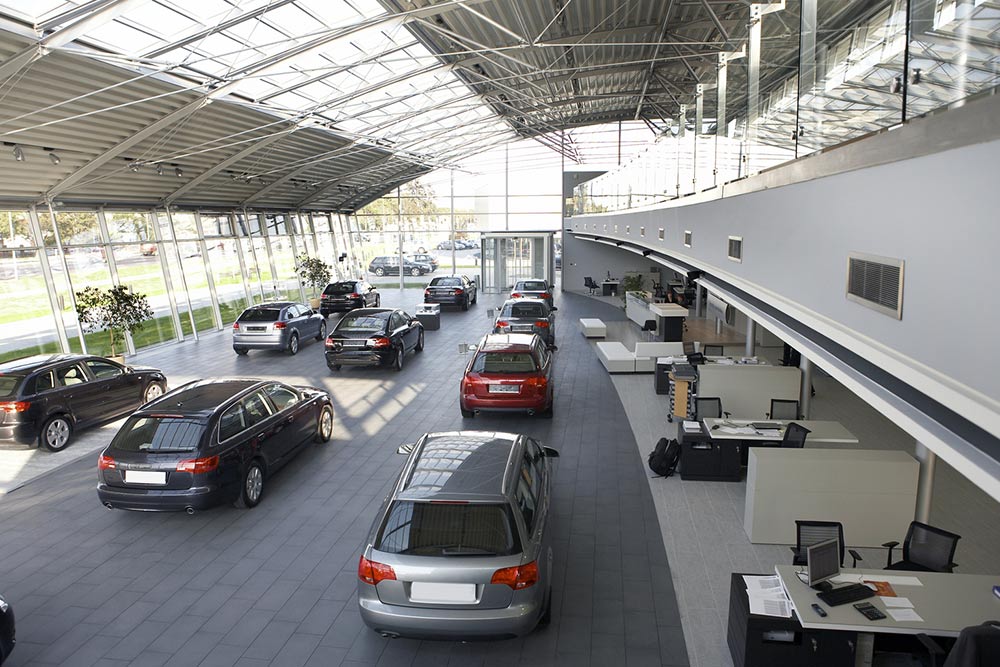10 common mistakes to avoid when buying a used car

Whether new or used, buying a car is a huge investment. With growing inflation, more people than ever have been opting for pre-owned cars, as it can significantly reduce ownership and insurance costs. However, these can come with their issues, such as wear and tear or negligent maintenance. Check out these ten common mistakes people make when buying a used car and easy ways to avoid them for a better experience.
Skipping the test drive
Many buyers do not take the car out for a test drive before they buy it. While one may do this as a vote of confidence or faith in the dealer, it could lead to potentially expensive repairs in the future. Before buying a used car, it is always a good idea to test drive a few. If possible, work out a deal for a longer test drive, say 30-40 miles, where the car can be tested in different traffic and road conditions. This will help one build a clearer understanding of what the car’s ownership and performance would look like.
Leaving financing to the last minute
Before heading out to buy a used car, one needs to figure out how they plan on paying for it. This could involve opting for financing in the form of a loan. To negotiate better terms, have a pre-approved financing solution ready. Some dealerships also offer financing, but this may be more expensive than other lenders, such as banks. Shop around to find the best rates that fit within the budget.
Shopping based on monthly payments
Of course, money is one of the most crucial facets when it comes to buying a car. However, shopping based on monthly payments alone could cost more money in the long run. Check all loan and payment details carefully before finalizing the purchase.
Overlooking car inspection
Don’t fall for how the car looks! Conduct a detailed inspection before buying. For this step, call a professional or mechanic to inspect the car. They generally check for the following:
- Any signs of leaks, unusual noises, or smoke from the vehicle
- The brake pads, rotors, and brake fluid for signs of wear and tear
- Tread depth and condition of the tires
- Any damage to the suspension system
- Smooth gear shifting and braking
This thorough inspection can help avoid buyers’ regret and offer more peace of mind.
Forgetting about fuel efficiency
Nobody wants to be burdened with a fuel-guzzling vehicle. With the soaring price of gas, this can put a big dent in one’s pocket. Always check the car’s fuel efficiency before signing off on the purchase.
Not buying from a certified seller
Buying a vehicle from a friend or family member may seem like a good idea in theory, but it could quickly lead to buyer’s remorse. When getting a used car, it is always advisable to buy from a reputed certified dealer. Here, one receives a full disclosure of the car’s condition, along with a detailed vehicle history report and a list of changes or repairs that may be required. These sellers may also offer extended manufacturer warranties to sweeten the deal.
Ignoring the car history report
As stated above, all certified dealers offer a car history report. This report contains information about every ordeal that the car has been through, such as accidents, flood damage, or major repairs. It also has details regarding the car’s ownership history and exact mileage. Thoroughly checking this report gives one a clearer image of the condition of the car and what its performance would look like in the coming years.
Buying without comparing
As with any other item, always remember to compare before buying a used car. This research and comparison could help land a better vehicle with less mileage or a lower offer. It also gives buyers a realistic picture of the market cost of certain used cars. If visiting dealerships sounds too cumbersome, use a free online comparison tool to fast-track the process.
Agreeing with the sticker price
There is always room for negotiation when it comes to the final cost of a used car. Do not let dealers or sellers muscle one into a purchase. An initial round of research can help one learn about basic used car stats and figures to negotiate a better deal.
A bonus tip from experts: Do not make the initial negotiations in person when purchasing from a dealership. While a personal touch may sound like a better way to nab a deal, people are way more likely to buy a car they don’t need or make concessions to buy the car. Always conduct research and comparisons at home, followed by a round of negotiations over the phone or via email.
Not opting for a trade-in
Most dealerships offer the choice of a trade-in when buying a new or used car. It may be a good idea to opt in for this. Not doing so results in having to sell the old car independently, which can be time-consuming and expensive. Have the old car appraised by a third party to negotiate the best offer.
Last but not least, don’t fall for the physical appearance. Carefully consider any requirements, such as lifestyle, budget, and needs, before signing off on any car purchase. Avoiding these mistakes could help ensure a much more pleasant car buying and driving experience!







